Recent Posts
- Hamilton, DC Cast and book review
- Kentucky Derby ’17
- Myrtle Beach Golf Trip Road Trip
- Fishing North, Middle, and Jennings Creek
- Turks and Caicos January 17
Warning: count(): Parameter must be an array or an object that implements Countable in /home/bonviv6/public_html/wp-includes/class-wp-comment-query.php on line 405
Recent Comments
- rsiv on Bourbon, Straight – Very Old Barton drops age statement – Magruders
- Greg on Bourbon, Straight – Very Old Barton drops age statement – Magruders
Archives
- August 2018
- May 2017
- April 2017
- March 2017
- February 2017
- January 2017
- December 2016
- November 2016
- August 2016
- July 2016
- June 2016
- May 2016
- April 2016
- March 2016
- February 2016
- January 2016
- December 2015
- November 2015
- October 2015
- September 2015
- August 2015
- July 2015
- June 2015
- May 2015
- April 2015
- March 2015
- February 2015
- January 2015
- December 2014
- November 2014
- October 2014
- September 2014
- August 2014
- July 2014
- June 2014
- May 2014
- April 2014
- March 2014
- February 2014
- January 2014
Categories
- Books
- Brown Sauce
- Cigars
- Cocktail Recipes
- Embarrassingly effeminate
- FCC
- Fishing
- Food
- History
- Hunting
- Jazz
- Meat
- Music
- Sport
- Style
- The I-talian Woman
- Travel
- Uncategorized
Meta
Make your own/DIY Cologne (and perfume) #bestanniversaryprezzieever
I recently enjoyed a really cool cologne class in St. Martin. I’ve never been very big into cologne but the class piqued my interest. Really, I’ll take any excuse to indulge my creative side. I won’t recap the previous blog post too much, but essentially, we got to try to mix a few base, middle, and top notes to create our own custom scent. Once you had your oils you like and in a good proportion, you add some perfumer’s alcohol and you’re in business. At home, one does not have the option of smelling each scent before committing to buy a bottle. However, if you know of a cologne you like, you can look up the notes of that scent on basenotes or fragrantica. I’m not suggesting or recommending that one try to copy a favorite cologne, but it does give you an idea of what smells you like, which provides a pretty good starting point. For example, I wanted to create a Virginia themed cologne (big surprise I know). I got on the basenotes forum, proposed my idea, and asked for suggestions. I got some ideas I liked conceptually, like cedar, but then found it difficult to blend said specific scent into my cologne. Then someone suggested a pineapple top note. Virginia is known for pineapples, not because they are grown here, but there were a symbol of welcome and status back in colonial times. I thought this was a great idea, especially since I didn’t really have any good ideas for the top notes at the time. I thought about citrus or mint, but citrus can only loosely fit a Virginia theme, and the mint was overpowered by my middle and base notes. I also thought about some clean scents like sea salt and driftwood to try to get a briny oyster thing going, but I couldn’t get that to work either. I googled cologne with a pineapple note, and found Creed’s Aventus, which has a smokey pineapple scent. I asked for some more help from basenotes to create something similar, and after some trial and error, found a pineapple scent that wasn’t too cloying or sweet, and also not too green and herbal. After playing around with several ideas, I came up with a few variations I liked. One of which is as follows:
TOP – pineapple – dihydro myrcenol, ambroxan, AAG, Ambergris, Allyl Heptanoate
MIDDLE – black pepper, all spice, nutmeg, tonka bean (popular spices of the colonial era, and tonka bean was a common pipe tobacco additive at the time)
BASE – Tobacco (and variations of…ie tobacarol, vanilla oak, etc.), Leather for Virginia’s esquestrian heritage (several variations including suederal)
I also did one with a middle of dogwood, magnolia, and jasmine (dropping the pineapple top note) but it seemed too floral for my taste. I still kept it though. I also messed around with vetiver using the justification that its similar to sorghum (and I couldn’t find sorghum essential oil). I think a few versions had oak moss and honeysuckle, but neither made the final cut.
I also made some beard oil. I bought some unscented beard oil online (jojoba and argan oil) and then added essential/fragrance oil to it. There are a bunch of sites online that describe how much oil to use, etc. Tobacco and vanilla oak turned out great, as did a variation of my Virginia cologne with the leather note punched way up. This is way easier than making a well-balanced cologne, but you can go so far as to develop a complex cologne and add it to the beard oil if you want to get fancy.
When we were at Tijon taking our class, it seemed to me that perfume was much more difficult than cologne. For a masculine cologne, there are only so many options when it comes to essential and fragrance oils. For perfume, the sky is the limit. As such, blending becomes much more difficult. I wanted to make a perfume for my wife for our anniversary, but it was an intimidating task. Bare in mind that each bottle of oil costs on average $6, so best case scenario, my fragrance would end up costing roughly the same as a store bought bottle. I decided on a concept for her perfume based on some cologne I like. 1 Million by Paco Rabanne has a really nice cinnamon – rose note (but an off-putting sparkling citrus top note). I thought the spicy rose note would work for a perfume, if I was able to create a more feminine base and top note that blended well. I started with a highly rated rose accord (not just straight rose scent/EO, but a complex blended rose accord) from creatingperfume.com. Then I decided on a few other middle notes: dark narcissus (picked mostly for name but I ending up really liking the smell), honey, and prismantol (a woody, spicy, ginger, cardamom note). I bought these blind (nose-blind/I hadn’t smelled them before). The honey didn’t thrill me, but I thought it would blend well. The prismantol was additively good. I smelled it frequently while mixing, and kept adding more and more of it. The rose accord was also very enjoyable, and strong enough to stand out the way I intended. For the base I ordered a sandalwood musk and light patchouli. I was concerned that the patchouli was a little too masculine, but blending it in to test anyway. For the top note I ordered peony, kumquat, and apricot. They all smelled good, but they did not smell great together. I decided to simplify and only include the peony. I started with a fairly even blend of 33% top, middle, and base notes. This wasn’t bad, but I needed to punch up the rose note. I kept adding rose until I found a sweet spot, and I also added a fair amount of the prismantol. At this point I had something very floral smelling, but it just seemed like something was missing. It was too sweet and too floral. I looked in my bag of cologne oil and found a sample of cinnamon. The bite of the cinnamon really balanced out the sweet florals, but it still seemed like it was bordering on cloying. Certainly too sweet for summer. I tried to add a fresh/sea component with ambroxin and hydro myrcenol. These kind of chemicals are what make aqua di gio and davidoff cool water remind you of the sea. I went easy on the fresh/sea component, and slowly added more until the sweetness seemed balanced. Now I was really starting to think I was on to something good. I added a little ambergris, and then I decided the perfume was really good, and it was time to stop before I messed it up. I’m really happy with the outcome. The peony top note comes off pretty good during application, and dominates for an hour or so. The inclusion of the sea smell makes it a fresh floral note and not overly sweet. Upon dry down, you really get warmth from the rose and cinnamon. This was really where the concept started, and I think it works quite well. As the perfume fades, the sandalwood musk, light patchouli, and ambergris leave a very subtle complex scent that I’m not able to identify/explain despite knowing the component parts. Its pleasant and not masculine so it works very well.
If you interested in creating cologne, perfume, candles, etc., I think a good place to start is foaming hand soap. I bought some unscented hand soap on amazon, and then just tried simple blends of two or three essential/fragrance oils. This is an inexpensive way to start out. I did a magnolia one for HB, and for myself I did one with a variation of the Virginia cologne described above. After those ran out I tried one with tobacco, vanilla oak, and leather, and another with tobacco and patchouli. It was very easy. I literally opened the top of the soaps, poured in some oil, shook, and pumped. As with most of my interests, this one can have a pretty hefty price tag. However, if you’re already buying a few bottles of luxury cologne a year, the price is negligible. Until you fall down the rabbit hole…
UPDATE: I just saw an article about upping your hand soap game (ridiculous I know), but it shows you how expensive good soap is, and also, how easy it is to pick a few scents that blend well. Lime, cumin, and patchouli sounds particularly interesting.
This entry was posted in Embarrassingly effeminate by rsiv withWarning: count(): Parameter must be an array or an object that implements Countable in /home/bonviv6/public_html/wp-includes/class-wp-comment-query.php on line 405
Warning: count(): Parameter must be an array or an object that implements Countable in /home/bonviv6/public_html/wp-includes/class-wp-comment-query.php on line 405
no comments yet
Warning: count(): Parameter must be an array or an object that implements Countable in /home/bonviv6/public_html/wp-includes/class-wp-comment-query.php on line 405
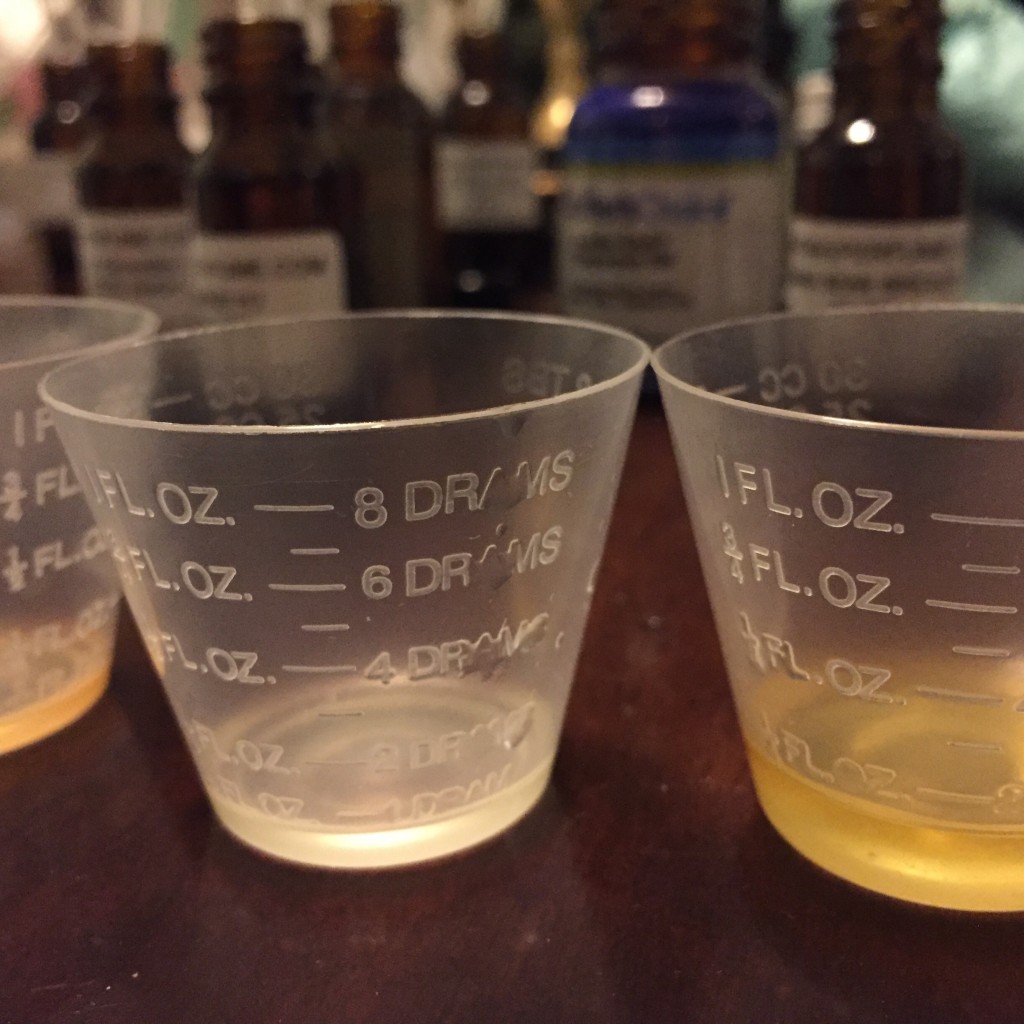
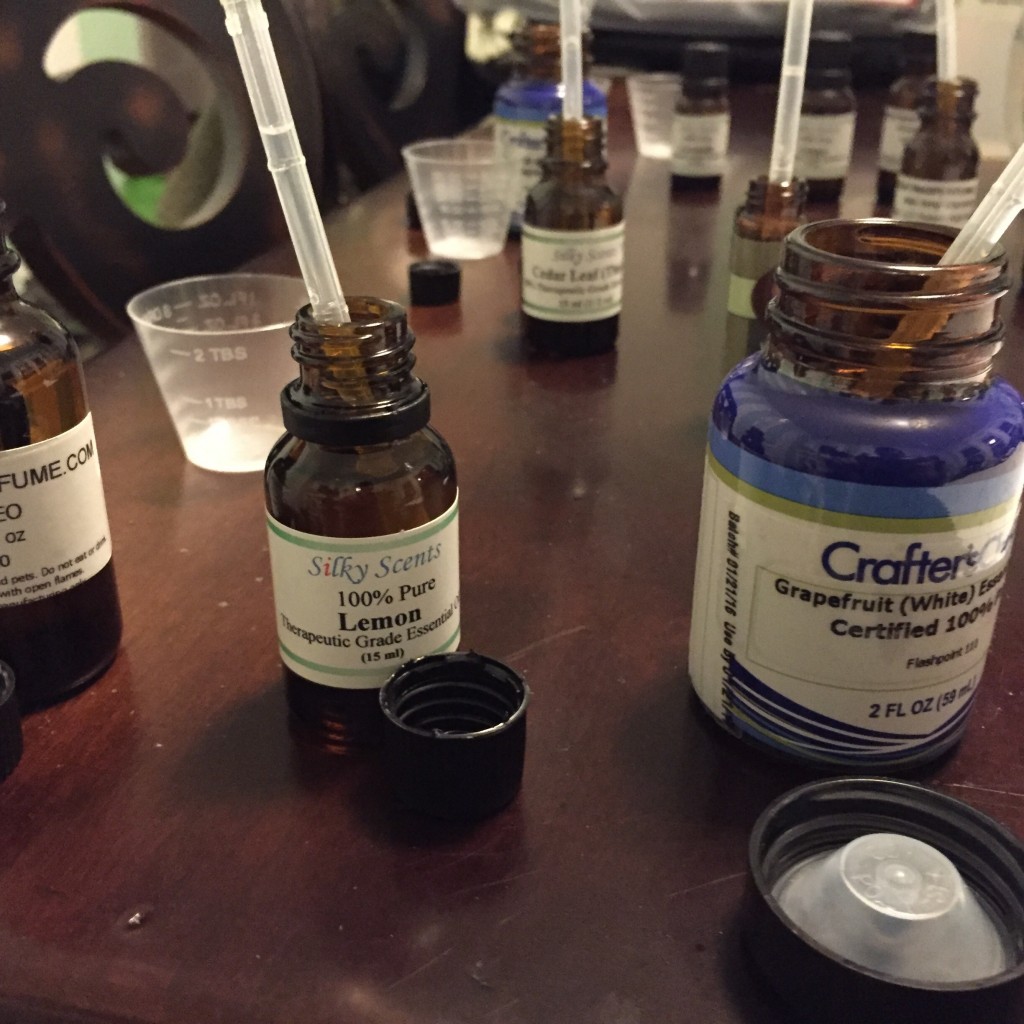
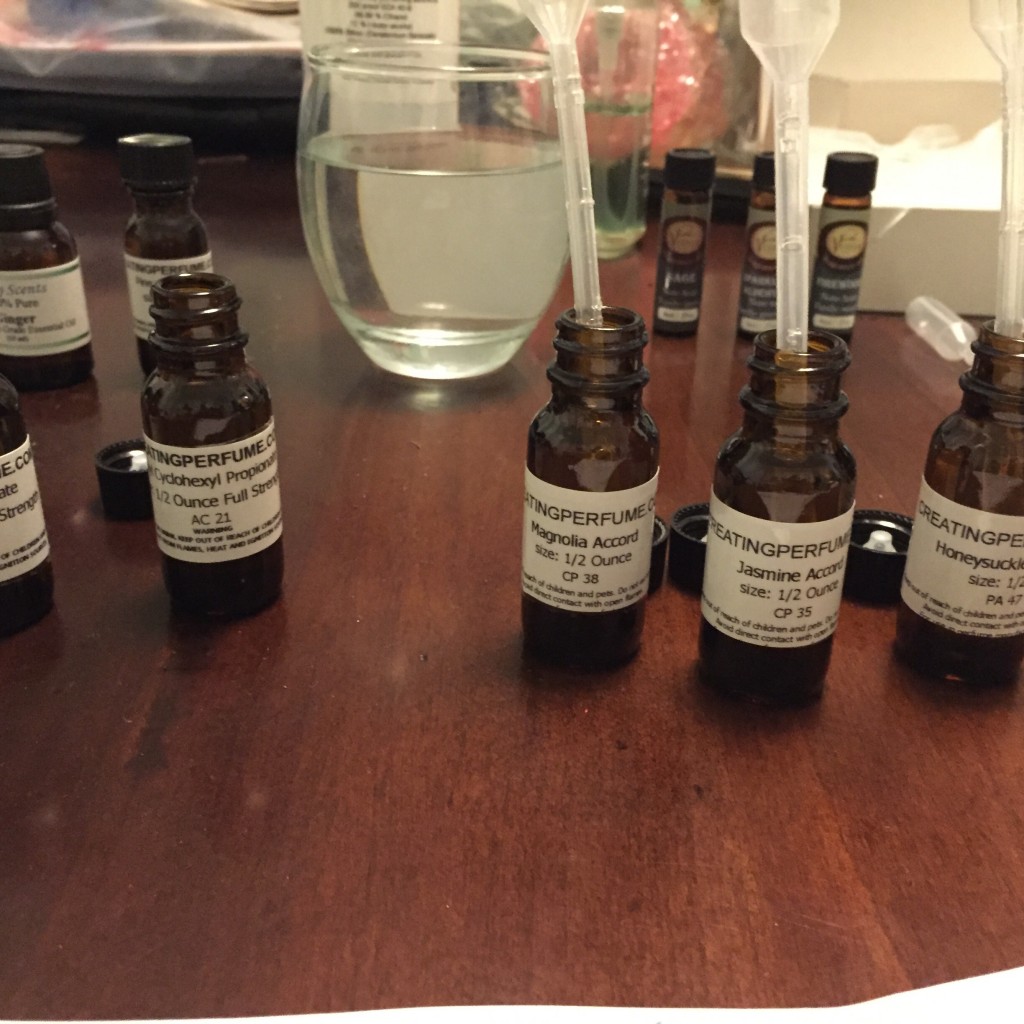
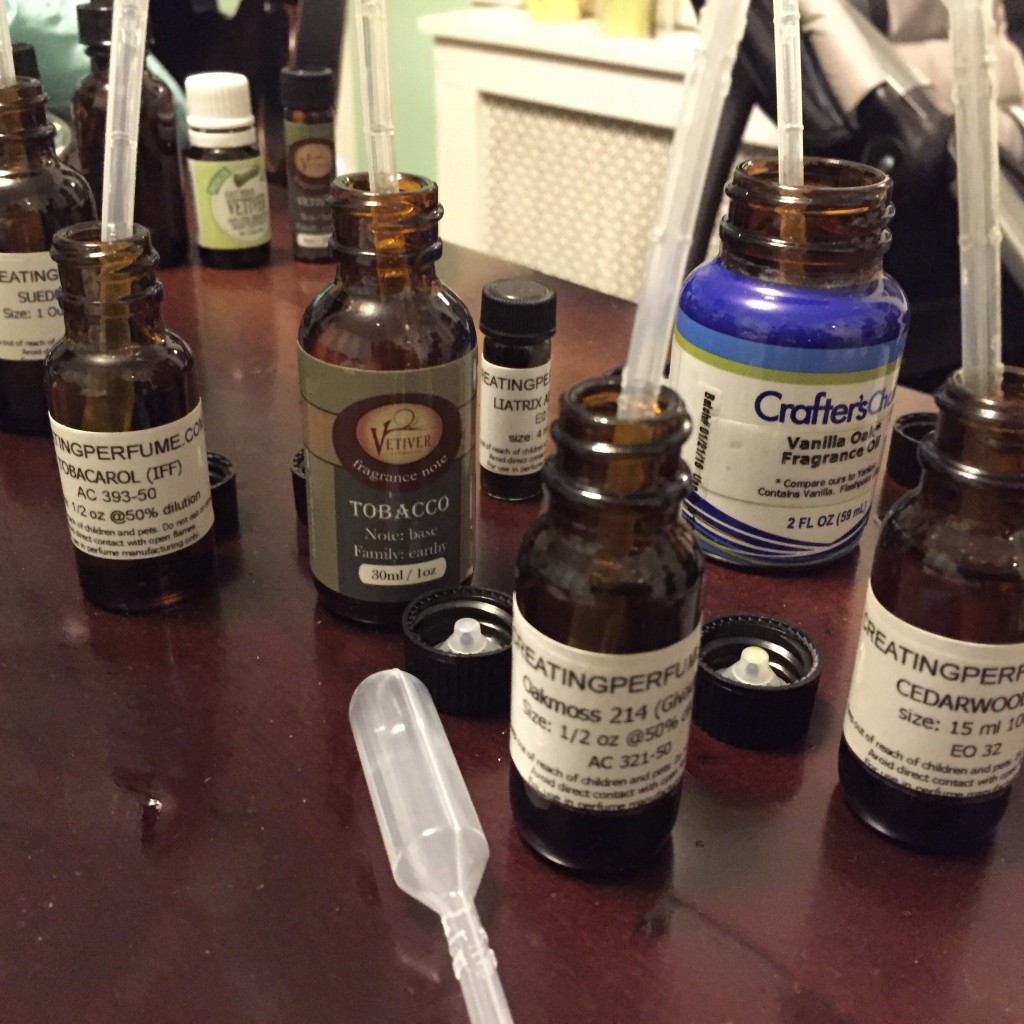
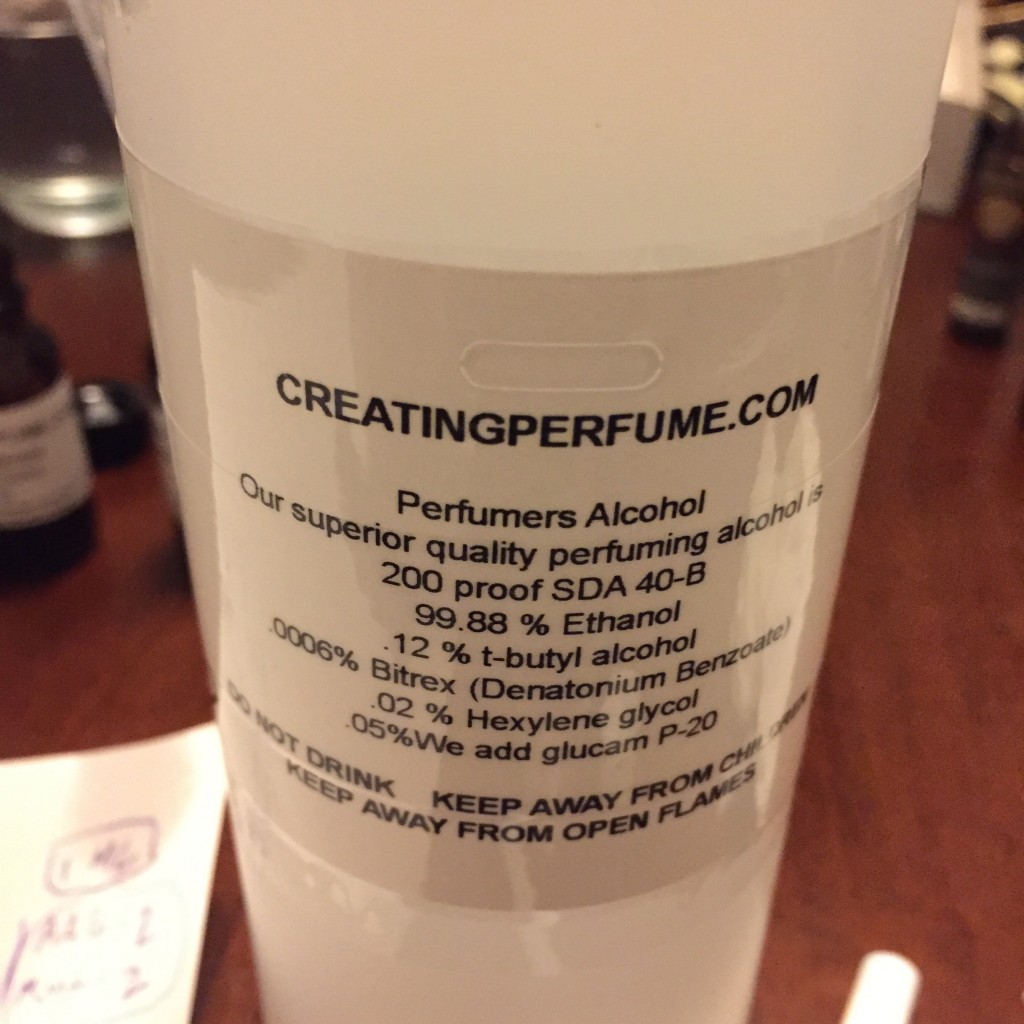
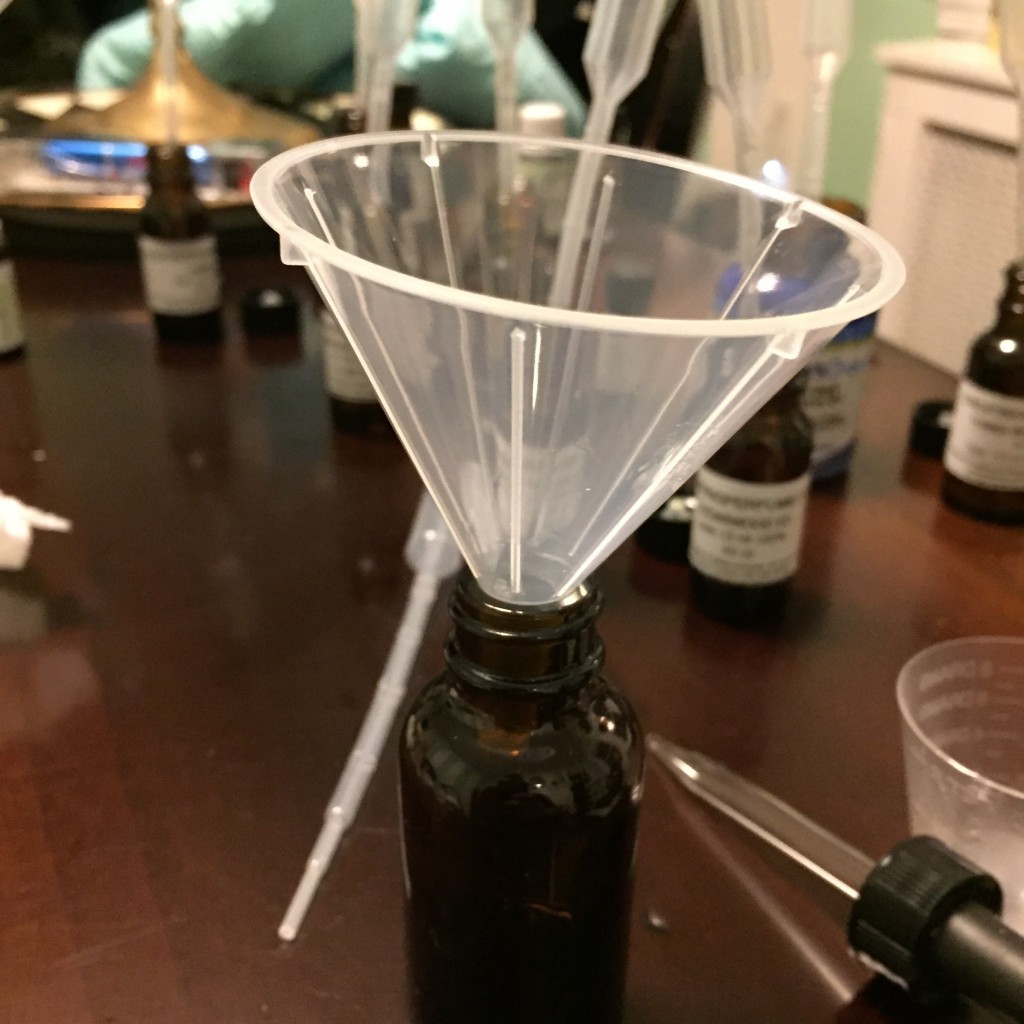
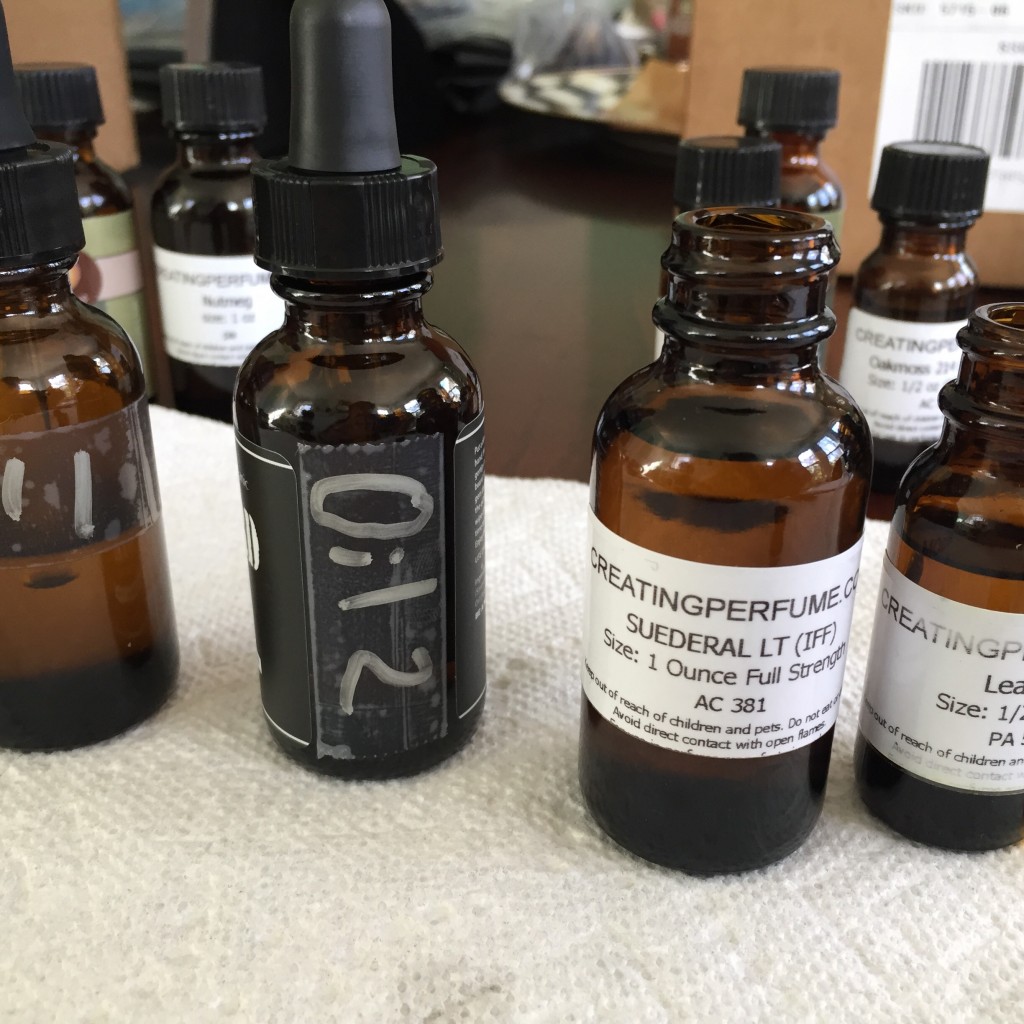
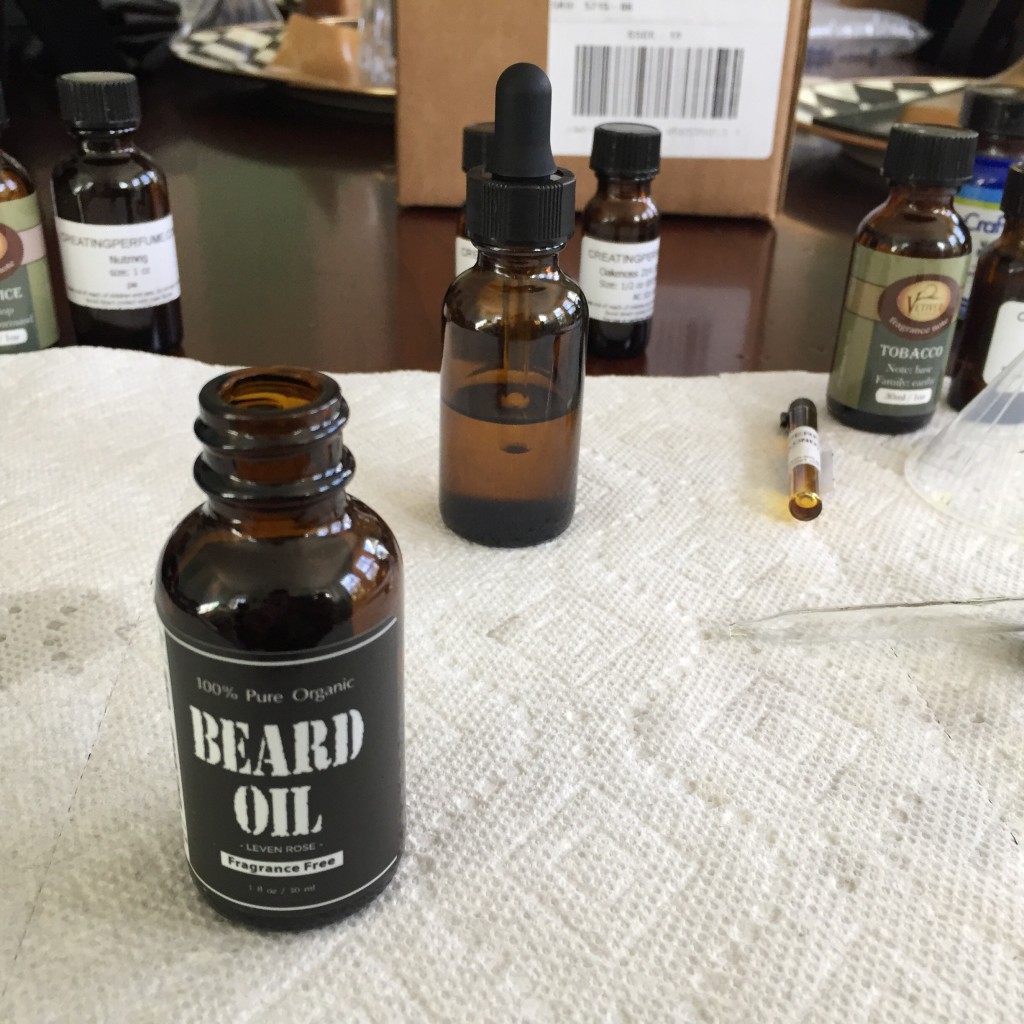
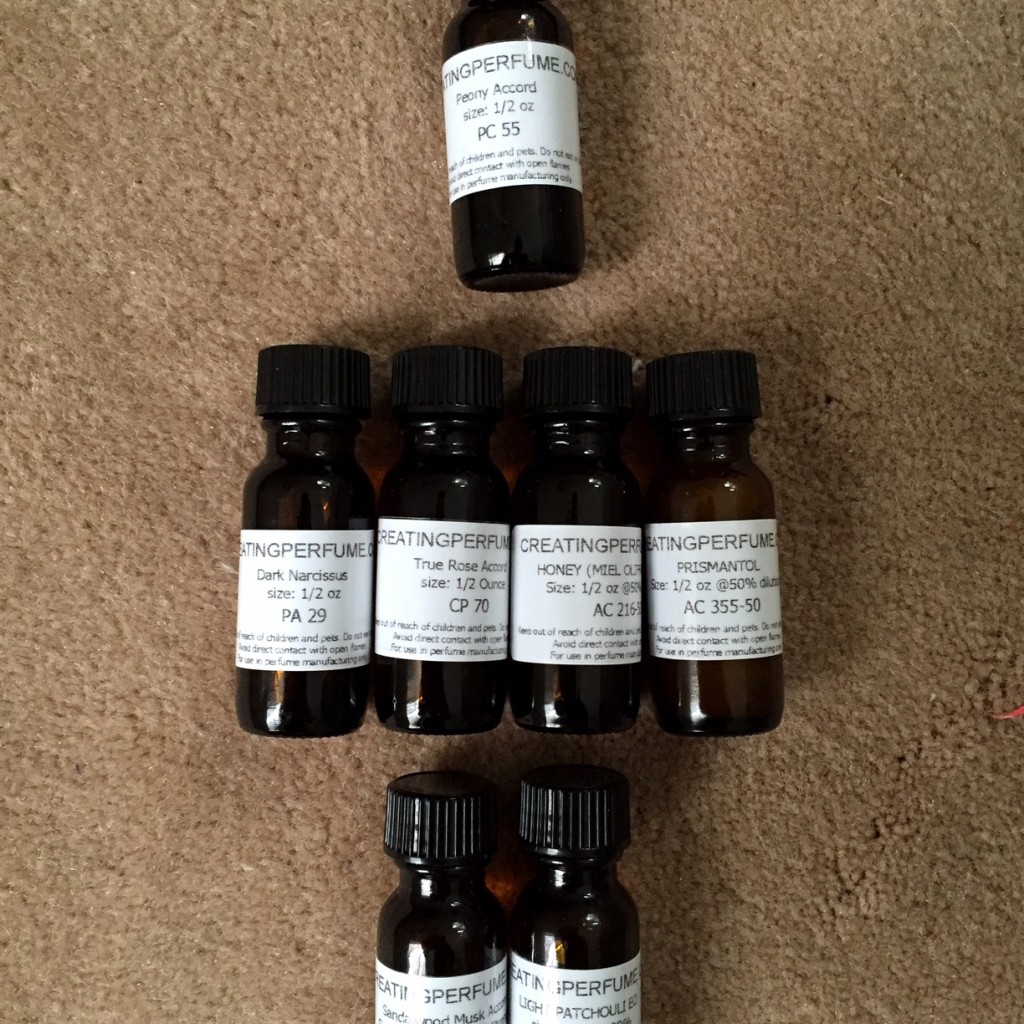
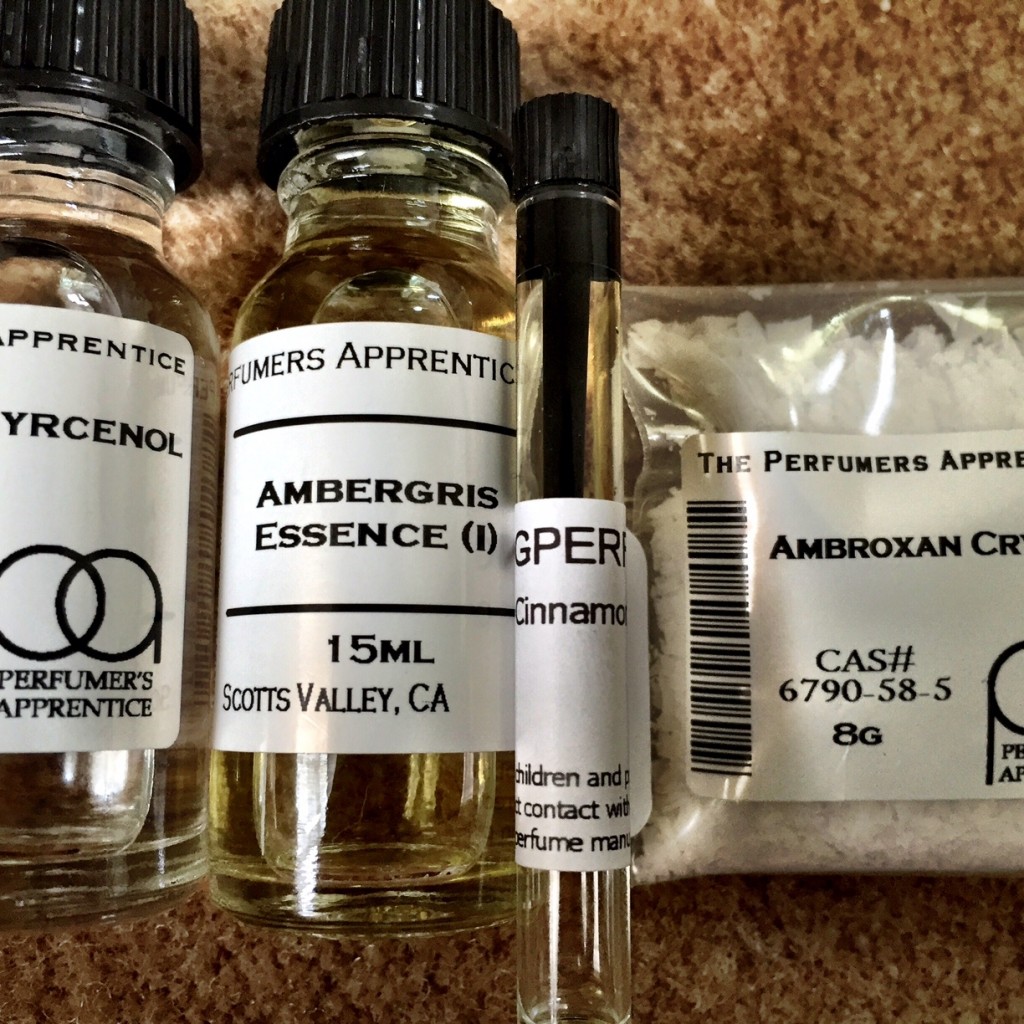
Leave a Reply
You must be logged in to post a comment.